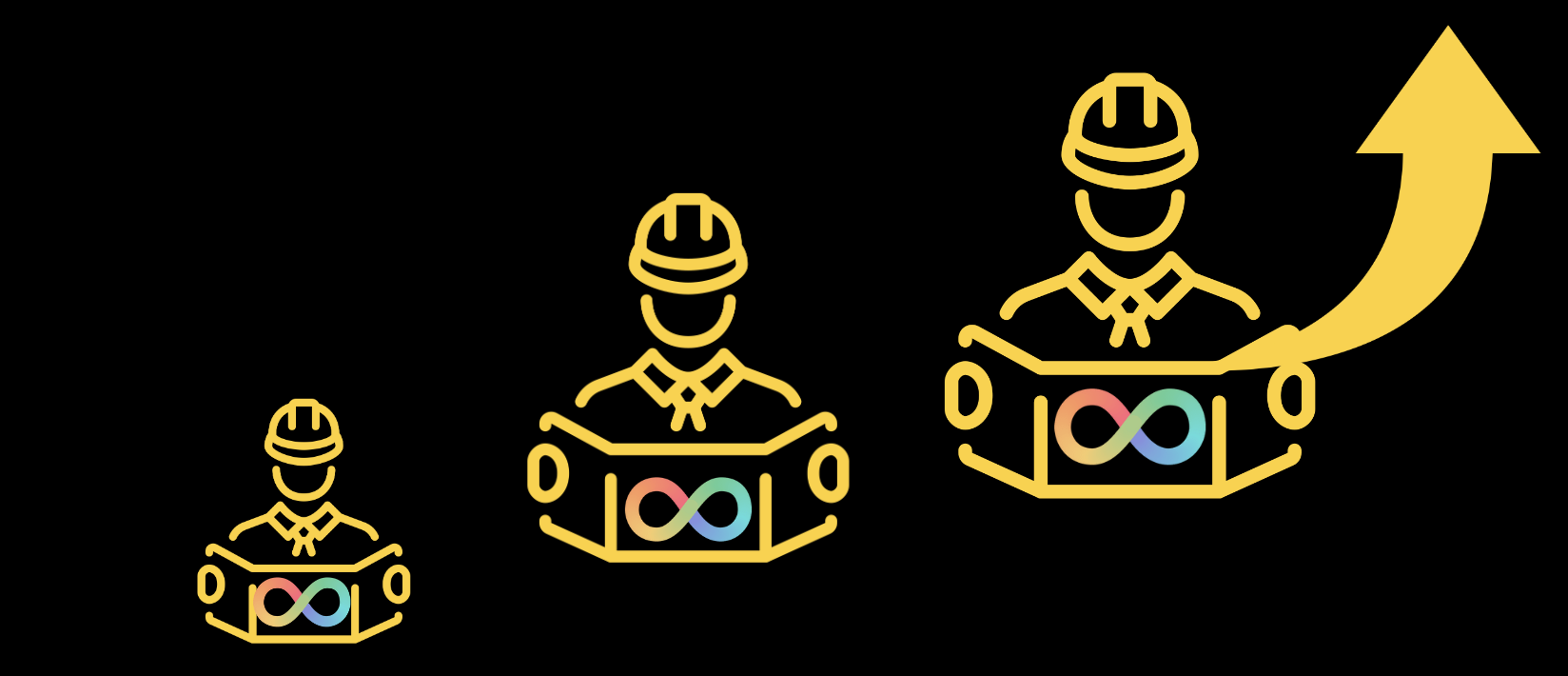To kick off Neurodiversity Celebration Week, we bring you the first of a series of guest blogs…
Prof Amanda Kirby, Neurodiversity expert and founder and CEO of Do-IT Solutions
I am fascinated by what engineers contribute to society and why it is important we attract young people to this profession and also other STEAM related opportunities. Who are we losing because of the design of our courses and the way we measure knowledge and understanding? I can ‘write an essay’ in 5 minutes with AI… how do we measure the skills we actually need for the jobs people will be doing and are the metrics for entry excluding a swathe of young people who could be excellent at the job?
What is neurodiversity ?
Neurodiversity recognises the range of differences in individual brain function and behavioural traits as part of normal variation in the human population. In the context of engineering, embracing neurodiversity is not just a matter of social responsibility but a strategic imperative for innovation and growth.
Challenges in attracting and growing future engineers
Neurodiverse students and faculties in engineering face numerous challenges, from stigma and misunderstanding to rigid educational structures ill-suited for diverse learning styles. The dilemma around labelling and disclosure remains significant, as individuals weigh the fear of stigma against the need for accommodations. Alarmingly, data suggests elevated dropout rates among neurodiverse students in higher education, compounding the ‘leaky pipeline’ into engineering already established in downstream education. This is not just a loss for the individuals but for the engineering community and society at large.
Opportunities for Inclusion and equity
There is a silver lining: adopting affirmative language and fostering a supportive culture can significantly alter the academic landscape for all. Providing clear information and choices empowers neurodiverse students and faculty, enabling them to thrive. We’ve seen success in programs that prioritize inclusivity, from tailored mentorship to flexible curriculum designs, proving that change is both possible and beneficial.
The Social Model vs. The Factory Model v The Medical Model
The traditional ‘factory model’ of education and industrialisation often sidelines those who deviate from what is considered to be today’s norm. In contrast, the social model of disability advocates for removing societal barriers and fostering an environment where all can succeed. By adopting the social model in engineering academia and across further and higher education, we can create spaces where neurodivergent individuals are not just accommodated but valued for their unique contributions.
Why consider the UN Sustainable Development Goals
Embracing neuroinclusion aligns with the UN Sustainable goals for development by promoting inclusive education, reducing inequalities, and fostering innovation. This ties directly into the United Nations Sustainable Development Goals, particularly those advocating for quality education (Goal 4), reduced inequalities (Goal 10), and decent work and economic growth (Goal 8).By ensuring there is integration and opportunity for neurodivergent individuals into the fabric of engineering academia, we not only adhere to these global goals but also drive sustainable development and innovation in the engineering sector for now and the future.
Not tolerating ‘wastage’
What is your ‘tolerance’ to waste… how would we view this if this was a manufacturing process? People who think differently can bring unique perspectives and abilities. Losing neurodiverse engineering students from the talent pipeline is like a critical breakdown in a manufacturing process. Just as you wouldn’t accept wasting valuable materials in production, allowing these students to drop out is a loss of vital talent and diversity essential for innovation in engineering. We must prioritise retaining and nurturing their unique perspectives to ensure a thriving and inclusive engineering community. They are potential innovators and problem-solvers who enhance our collective creativity and efficiency. But if they can’t access the paths into academia or showcase their skills if they get there they are likely to leave, feel frustrated or fall out.
Prof Amanda Kirby has an international reputation in the field of Neurodiversity; has written eight books and more than 100 research papers in the field. She is the current chair of the ADHD Foundation, an emeritus Professor at the University of South Wales and honorary professor at Cardiff University.
Amanda will be a guest speaker at the EAN Annual Congress Engineers for the Future, at Cardiff University, from 9th to 11th June. Bookings are now open.




